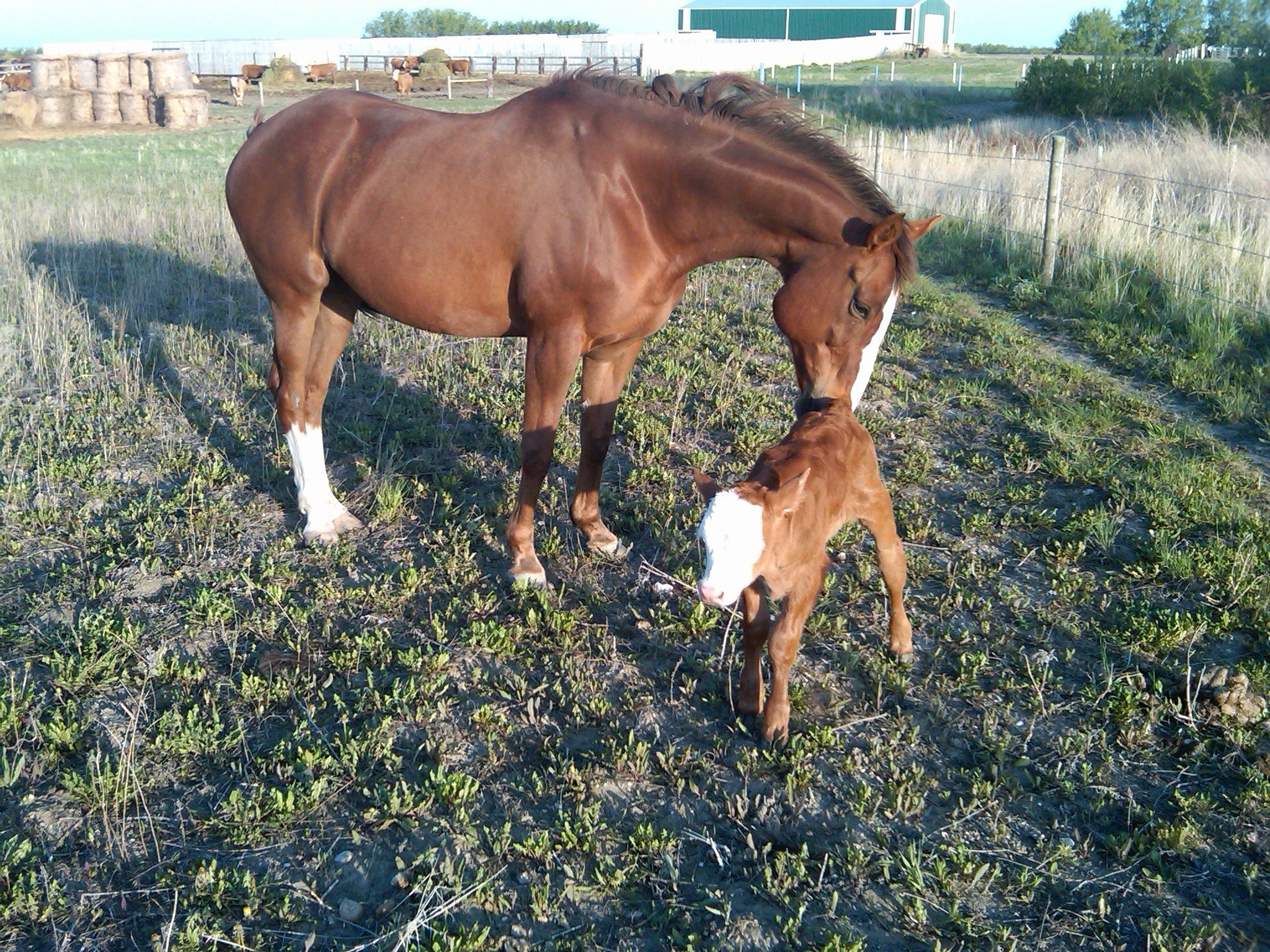Avoid annual rotations | A longer time period between rotations discourages weeds
MINOT, N.D. — An American researcher has a message for Canadian no-till famers who grow a two-crop rotation of canola and wheat: such a practice is short-sighted and stupid.
Dwayne Beck, manager of the Dakota Lakes research farm in Pierre, South Dakota, told the Manitoba North Dakota Zero Tillage Farmers Association annual workshop in Minot in early January that no-till agriculture is only one component of sustainable farming.
He said no-till farmers need to incorporate a smart and responsible rotation into their production system. Otherwise, there will be consequences.
Read Also

Supreme Court gives thumbs-up emoji case the thumbs down
Saskatchewan farmer wanted to appeal the court decision that a thumbs-up emoji served as a signature to a grain delivery contract.
“No till is a tool. OK, I’m no-tilling. But I’m no-tilling corn on corn. Or no-tilling wheat on wheat … but that’s not what Mother Nature did out there,” said Beck, who is also a plant sciences professor at South Dakota State University.
“Eventually, if you do that, something is going to come along and beat you on top of the head…. You’re going to have diseases (and insects and weeds).”
Randy Anderson, a U.S. Department of Agriculture research agron-omist in Brookings, S.D., who has conducted research on rotations of cool and warm season crops in a no-till system, said this type of rotation restricts weed seed survival and interrupts the growing cycle of cool season and warm season weeds.
However, he has also determined that a rotation of two cool season crops, such as winter wheat, spring wheat or dry pea, followed by two warm season crops, such as corn, sunflowers, chickpeas or soybeans, is much more effective at weed control than a rotation of one cool season crop and one warm season crop.
Anderson said long-term rotational studies conducted in South Dakota looked at weed populations in rotations with one cool season crop followed by a warm season crop, such as winter wheat and then millet. He then compared that to weed populations in rotations with two cool season crops followed by two warm season crops.
“At all locations, the rotations that had the most weeds were the one cool season and one warm season (rotation),” he said.
He said the one cool season/one warm season rotation had more than 150 weeds per sq. metre, while the two cool season/two warm season rotation had 25 weeds per sq. metre.
“There is a six-fold difference here, a dramatic difference in the number of weeds that a producer would have to face.”
Beck said the difference is connected to weed seed survival.
“There’s inherit dormancy in the seed. By taking them out two years, (it kills off the seed population).”
For example, Anderson has found that 20 percent of downy brome and green foxtail seeds are alive one year after seed shed. However, less than five percent of their seeds remain alive after two years.
“If you can prevent replenishment of the (weed) seed bank for a couple of years, the number of live seeds declines very rapidly,” he said.
Anderson also included two other scenarios in his study: one cool season crop followed by two warm season crops and two warm season crops followed by one cool season crop.
The results showed that back to back years of warm season crops followed by a cool season crop allowed warm season weeds to flourish.
“Of the 67 species (of weeds), probably 60 of them were warm season weeds,” he said. “In other words, we were selecting for warm season weeds by adding more warm season crops in the sequence.”
Cool season weeds dominated the two cool season crop/one warm season crop rotation, he added.
As well, because it effectively kills seeds, the two and two rotation prevents one weed from turning into 100.
“If you have one (weed) in year one, you have 10 in year two and 100 in year three. It seems like it takes until that third year before the explosion occurs.”
Anderson has also compared no-till rotations to tillage rotations.
On sites naturally infested with weeds, Anderson conducted a study where the addition of weed seeds was prevented.
In the first year of the study, the number of weeds that emerged on the no-till and tilled plots were similar. However, by year three, the researchers counted 33 weed seedlings in the tilled plots and only four on the no-till plots.
“In other words, the difference is eight-fold in year number three,” said Anderson, explaining that seeds die off more rapidly in no till systems.
“The (most) detrimental thing you can do for seed survival is to keep those seeds on the soil surface…. Anytime you start tilling you protect the weed seeds. It’s like putting a coat around the seeds. They survive longer.”
The obvious benefit of lower weed density is less of a need to use herbicides, but Anderson stressed that while proper rotation and no-tillage are part of the weed control story, they are not the entire story.
If producers really want to become less dependent on herbicides, he said, they should also employ other tactics, such as increasing the seeding rate and adjusting fertilizer placement to ensure a vibrant crop canopy that helps suppress weeds.

















